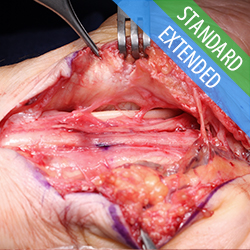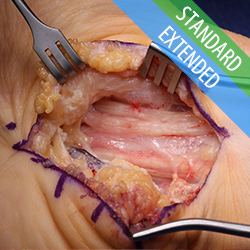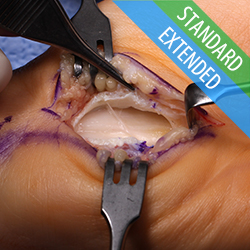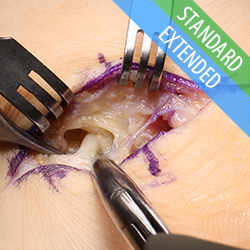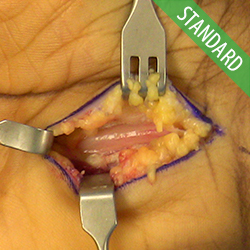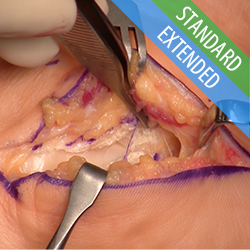Failure to resolve symptoms of carpal tunnel syndrome following a release of the flexor retinaculum can occur for a number of reasons. Failed carpal tunnel can be classified into three categories and include (1) persistent symptoms, (2) recurrent symptoms, and (3) new symptoms. Persistent symptoms of median nerve dysfunction can imply an incomplete release and/or […]
Revision Carpal Tunnel Release in a Case of Persistent Symptoms and Incomplete Release
